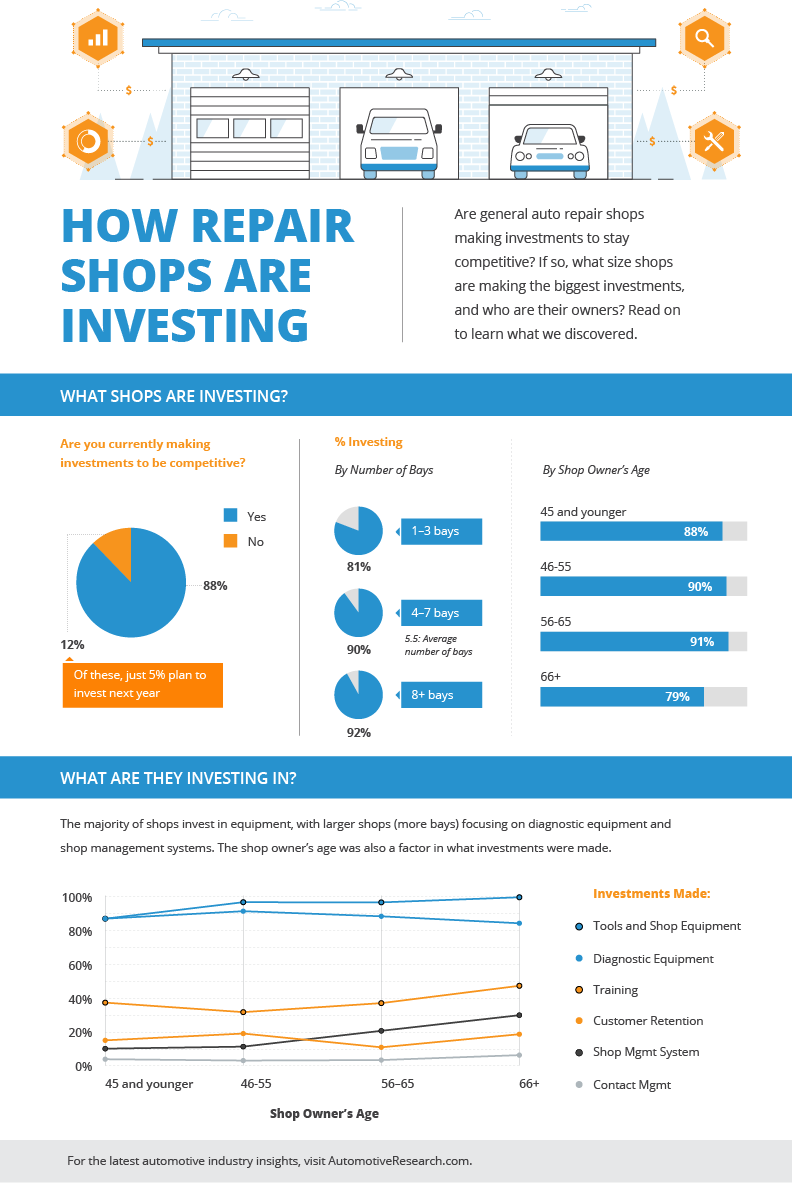Translating The Most Common Caution Lights On Your Dashboard And Their Interpretations
Translating The Most Common Caution Lights On Your Dashboard And Their Interpretations
Blog Article
Written By-Espersen Kinney
When you lag the wheel, those dashboard caution lights can be a genuine enigma. However did you know that deciphering them can save you from potential cars and truck difficulties later on? From the threatening check engine light to the subtle oil stress caution and the ever-important battery light, every one serves as an essential signal from your automobile. It's time to shed light on these usual control panel warnings and outfit yourself with the knowledge to navigate the road in advance.
Recognizing the Examine Engine Light
When your control panel lights up with the check engine light, it is very important not to panic yet to take immediate activity. please click the following post acts as a warning that your vehicle's onboard diagnostic system has discovered a prospective concern with the engine, emissions, or other important parts. Overlooking this light can result in extra serious issues down the road, so it's important to address it without delay.
To understand the resource of the concern setting off the check engine light, you can utilize an OBD-II scanner to obtain the certain problem codes kept in your car's computer system. These codes give useful information that can aid determine the underlying issue.
While some issues causing the check engine light may be small, such as a loosened gas cap, others might show a lot more significant worries that require specialist attention.
Deciphering the Oil Pressure Caution
Upon experiencing the oil pressure warning light on your dashboard, immediate attention is important. This caution shows that the oil pressure in your engine might be as well reduced, which can bring about severe engine damage if not resolved quickly. Low oil stress can be caused by a range of concerns such as a leak, a malfunctioning oil pump, or reduced oil degrees. Neglecting this warning light can result in expensive repair services and even engine failing.
If you see the oil pressure warning light begun, the very first step is to safely pull over to the side of the roadway and turn off your engine. Inspect the oil degree using the dipstick and ensure it's at the suggested level.
If the oil level is reduced, leading it up with the ideal oil for your vehicle. If the oil level suffices, do not continue driving and seek help from an auto mechanic to detect and deal with the issue immediately. Keep in mind, maintaining appropriate oil pressure is necessary for the health and wellness and long life of your engine.
Translating the Battery Light
To decode the value of the battery light on your control panel, you should understand its essential function in your automobile's electrical system. When the battery light illuminates while you're driving, it suggests that the electrical system isn't obtaining sufficient power from the battery.
This could be due to a stopping working battery, a damaged generator, or problems with the billing system. Overlooking this cautioning light could cause your lorry delaying or being not able to start.
If the battery light comes on, it's suggested to safely pull over and have your vehicle examined by an auto mechanic asap. They can perform diagnostics to identify the underlying concern and protect against a prospective failure.
Conclusion
Since you recognize how to identify one of the most common warning lights on your control panel and what they mean, you can deal with any prospective concerns quickly. Keep in mind, the check engine light, oil stress caution, and battery light are very important indications of your car's health and wellness. Stay informed, remain secure, and maintain your automobile running efficiently by focusing on these warning signs.
